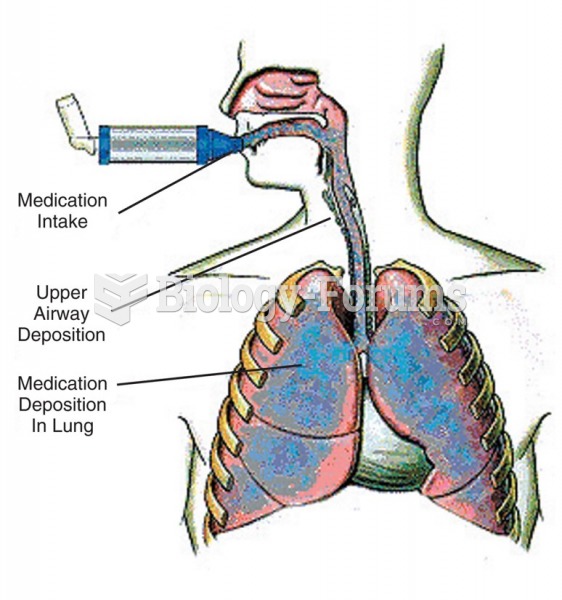Answer to Question 1
Correct Answer: 4
Rationale 1: The formula for the body weight method is mg/kg/day.
Rationale 2: This method is based on the child's height and weight, not age.
Rationale 3: The methods of calculating pediatric doses do not include a pharmacokinetic method.
Rationale 4: The body surface area is the correct formula. It accounts for the pharmacokinetic differences in pediatric medication.
Global Rationale: The body surface area is the correct formula. It accounts for the pharmacokinetic differences in pediatric medication. The formula for the body weight method is mg/kg/day. The BSA method is based on the child's height and weight, not age. The methods of calculating pediatric doses do not include a pharmacokinetic method.
Answer to Question 2
Correct Answer: 3
Rationale 1: The nurse should always confirm the client's identity before administering any medication.
Rationale 2: Medication ordering and dispensing systems vary from facility to facility.
Rationale 3: The nurse should always have another professional check calculations. Anyone can make a mathematical error.
Rationale 4: Drug orders should be verified before administration. Verifying drug orders after medication administration would be too late to prevent an error.
Global Rationale: The nurse should always have another professional check calculations. Anyone can make a mathematical error. The nurse should always confirm the client's identity before administering any medication. Medication ordering and dispensing systems vary from facility to facility. Drug orders should be verified before administration. Verifying drug orders after medication administration would be too late to prevent an error.







